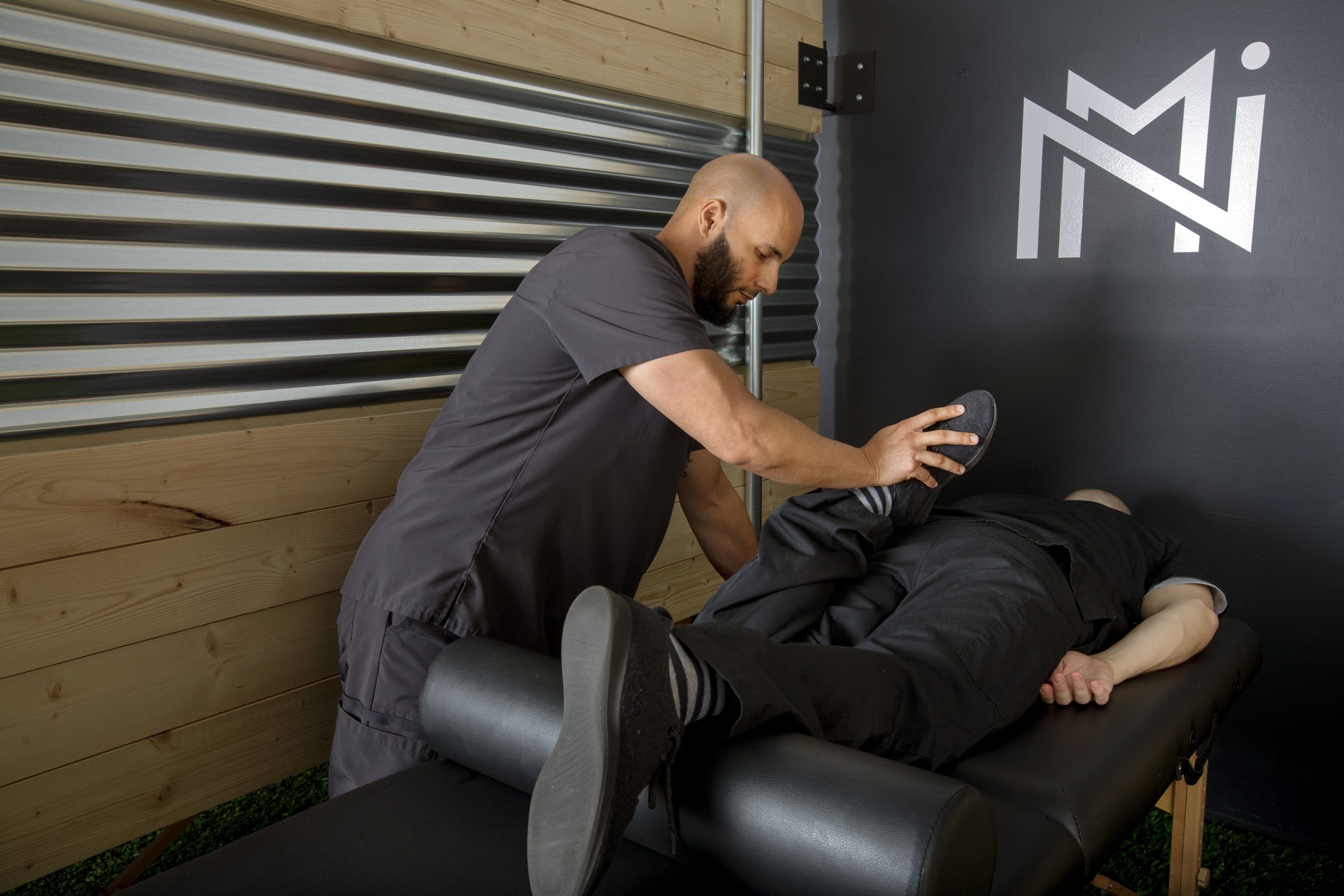Our 1 on 1 care model will help you meet your specific goals. Your individual Treatment plan may include:
Rehabilitation
Services
- Pain Management
- Rehabilitation
- Rehabilitation
- Orthopedics
- Neurology
- Athletic Performance
- Training Nutrition Plan
- Regenerative Medicine
- Wellness & Antiaging
- Hormone Replacement Therapy
- Hair Loss Treatment
- IV-Therapy
- Ketamine


Rehabilitation:
Post surgical care is the care you receive after a surgical procedure. On your way to recovery postoperative care is critical to achieving a successful recovery. After a thorough evaluation by a physical therapist, goals will be set to minimize the adverse effects of surgery such as pain and swelling as well as to restore normal movement, flexibility and function. Some of our post-operative treatments may include:
- Stretching
- Strengthening
- Balance – proprioception
- Home exercise program
- Education
- Work simulation
- Personal fitness routine
- Water ( aquatic ) therapy
- Edema ( swelling ) management
Electrical Stimulation
Conditions in which electrical stimulation is used may include:
- Low back pain
- Post-surgical pain
- For muscle weakness or poor motor controlIf you are experiencing pain, spasm, inflammation, or muscular weakness, this versatile modality may be used as part of your treatment
Why Is It Used?
Electrical stimulation is used for many reasons in physical therapy. It can be used to administer medication for inflammation. Electrical stimulation may be used to contract muscles that are weak or not functioning well. It also may be used to help decrease pain or spasms.
Your physical therapist will use different types of electrical stimulation to accomplish different tasks. These may include
- TENS: Transcutaneous electrical neuromuscular stimulation (TENS) is a physical therapy modality used to manage acute and chronic pain in physical therapy. Your PT will use TENS to decrease your pain by applying electrodes to your body over painful areas. The intensity of the electricity will be adjusted to block the pain signals traveling from your body to your brain.
- Neuromuscular electrical stimulation (NMES ): NMES uses an electrical current to cause a single muscle or a group of muscles to contract. By placing electrodes on the skin in various locations the physical therapist can recruit the appropriate muscle fibers. Contracting the muscle via electrical stimulation helps improve the way your affected muscle contracts. NMES can also be used to help decrease muscular spasm by artificially tiring your muscle in spasm, allowing it to relax.
Ultrasound therapy is the use of sound waves to treat musculoskeletal problems such as inflammation from injuries (sprains, tendinitis, bursitis). It is used as a non-invasive procedure to treat a wide variety of ailments. Often used to treat swelling when it has spread over a large area. Ultrasound heating relaxes the muscles, breaks down scar tissue and increases local blood flow. This therapy may be used as a component in your rehabilitation program to improve your healing rate.
The specialized treatment technique of mechanical traction uses devices that work by stretching the spinal vertebrae and muscle.Traction is a form of decompression therapy. It relieves pressure on the spine and alleviates pain from joints, sprains, and spasms. It can also treat herniated discs, sciatica, degenerative disc disease, pinched nerves, and many other back conditions.
PNF is used as a treatment for strengthening and enhancing neuromuscular control. PNF techniques is also used extensively as a technique for increasing flexibility and range of motion. You may have this as a component of your rehabilitation program.
Myofascial Release is a safe and very effective hands-on technique that involves applying gentle sustained pressure into the Myofascial connective tissue that is restricted to eliminate pain and restore motion.
In order to fully rehabilitate the spine, our physical therapists may suggest active therapies, or exercise programs, that include a combination of strengthening, stretching and low impact conditioning.
– Stretching: Low back pain is associated with tight hamstring muscles.
– Strengthening: To strengthen back muscles.
– Low-impact aerobic conditioning: Low impact aerobics (such as walking, bicycling, or swimming)

